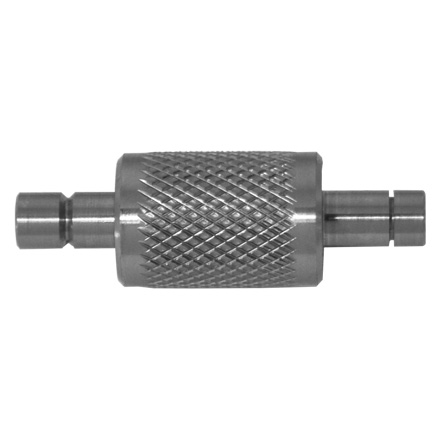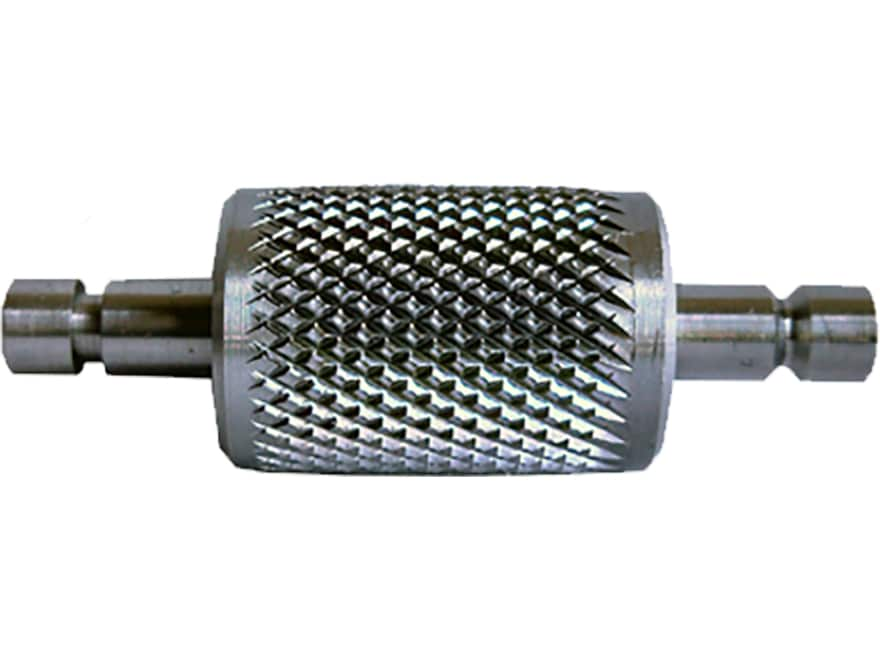I currently prime cases on a Forster Co-Ax reloading press. It seems to work very nicely.
Every once in a while i can feel when seating a primer that the force required is less than many of the other cases. The case still holds the primer and it looks well seated.
I understand that at some point the primer pocket can expand and that case should be discarded but i’m not sure how best to identify this threshold. Is there a commonly employed method to measure the dimensions of the primer pocket prior to seating a new primer?
Do you discard every primed case that is starting to feel less tight?
thank you
Every once in a while i can feel when seating a primer that the force required is less than many of the other cases. The case still holds the primer and it looks well seated.
I understand that at some point the primer pocket can expand and that case should be discarded but i’m not sure how best to identify this threshold. Is there a commonly employed method to measure the dimensions of the primer pocket prior to seating a new primer?
Do you discard every primed case that is starting to feel less tight?
thank you



